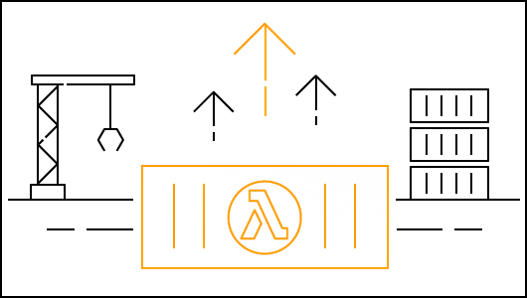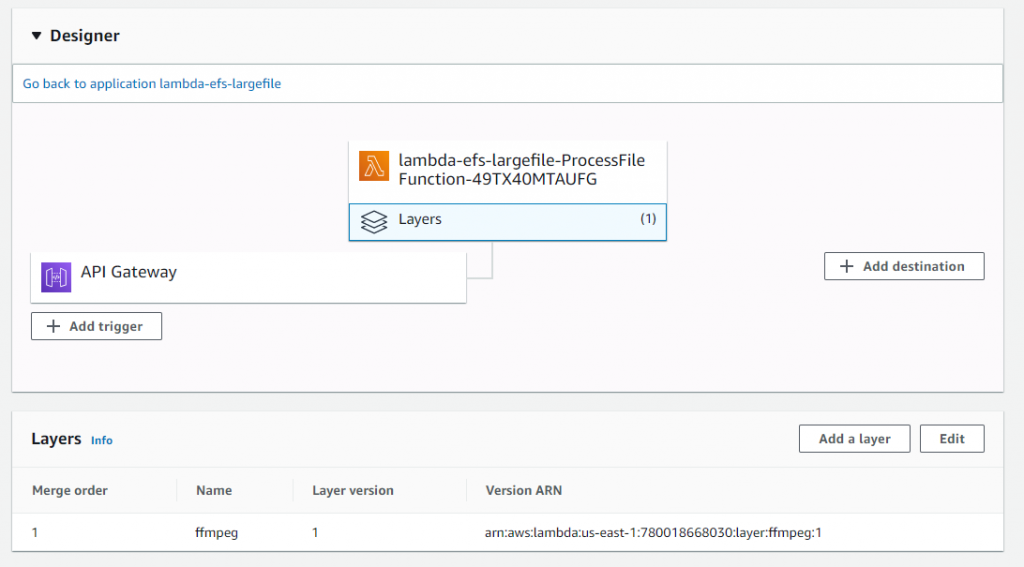AWS Compute Blog
Category: Amazon Simple Storage Service (S3)
Translating content dynamically by using Amazon S3 Object Lambda
This blog post shows how you can use S3 Object Lambda with Amazon Translate to simplify dynamic content translation by using a data driven approach. With user-provided data as arguments, you can dynamically transform content in S3 and generate a new object.
Building well-architected serverless applications: Managing application security boundaries – part 2
This series uses the AWS Well-Architected Tool with the Serverless Lens to help customers build and operate applications using best practices. In each post, I address the nine serverless-specific questions identified by the Serverless Lens along with the recommended best practices. See the introduction post for a table of contents and explanation of the example application. Security question SEC2: How do […]
Processing satellite imagery with serverless architecture
This post shows how to deploy an imagery processing pipeline in the AWS Cloud. It is decoupled to allow both pre and post-processing extensions to be integrated into the pipeline more easily. Visit the code repository for further information.
ICYMI: Serverless Q1 2021
All the feature launches, blogs, videos, tech talks and more happenings from the AWS Serverless service teams in Q1 2021.
Operating Lambda: Debugging configurations – Part 3
This post explains common integration errors in Lambda-based applications. These include running an unintended version or alias of a function, triggering infinite loops unintentionally, and issues with downstream availability. In each case, I explain steps you can take to remediate the issue.
Working with Lambda layers and extensions in container images
In this post, I explain how to use AWS Lambda layers and extensions with Lambda functions packaged and deployed as container images. Previously, Lambda functions were packaged only as .zip archives. This includes functions created in the AWS Management Console. You can now also package and deploy Lambda functions as container images. You can use […]
Getting started with RPA using AWS Step Functions and Amazon Textract
This post is courtesy of Joe Tringali, Solutions Architect. Many organizations are using robotic process automation (RPA) to automate workflow, back-office processes that are labor-intensive. RPA, as software bots, can often handle many of these activities. Often RPA workflows contain repetitive manual tasks that must be done by humans, such as viewing invoices to find […]
Using AWS Lambda extensions to send logs to custom destinations
You can now send logs from AWS Lambda functions directly to a destination of your choice using AWS Lambda Extensions. Lambda Extensions are a new way for monitoring, observability, security, and governance tools to easily integrate with AWS Lambda. For more information, see “Introducing AWS Lambda Extensions”. To help you troubleshoot failures in Lambda functions, […]
Choosing between AWS Lambda data storage options in web apps
In this post, I compare the capabilities and use-cases of S3, EFS, Lambda layers, and temporary storage for Lambda functions. There are benefits to each approach, as each type has different behaviors and characteristics.
Optimizing the cost of serverless web applications
Web application backends are one of the most popular workload types for serverless applications. The pay-per-value model works well for this type of workload. As traffic grows, it’s important to consider the design choices and service configurations used to optimize your cost.









